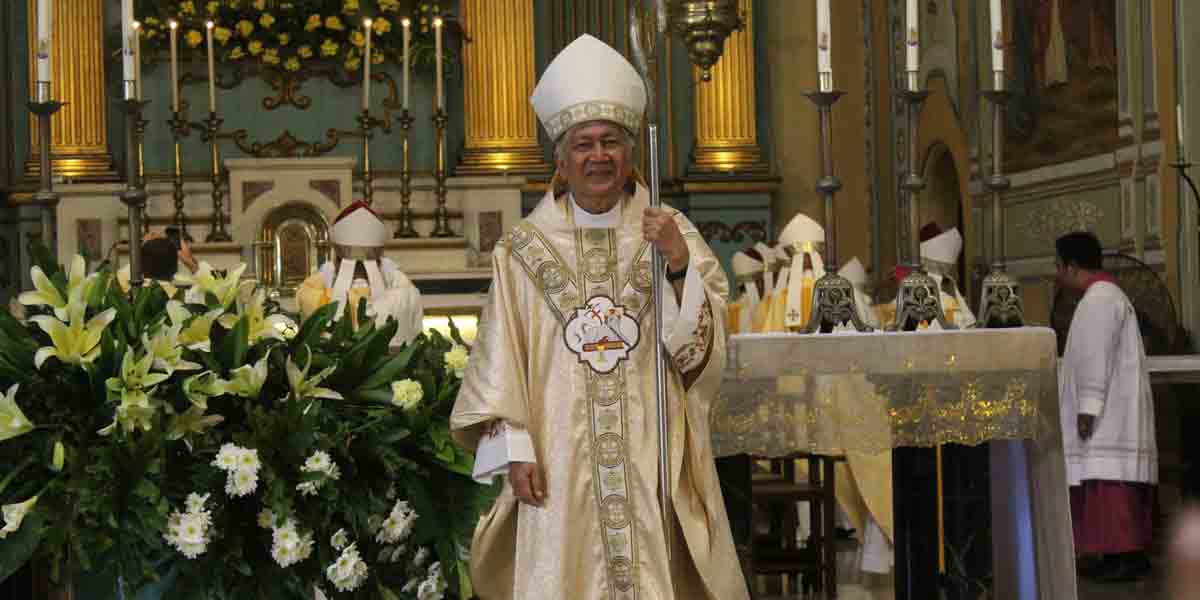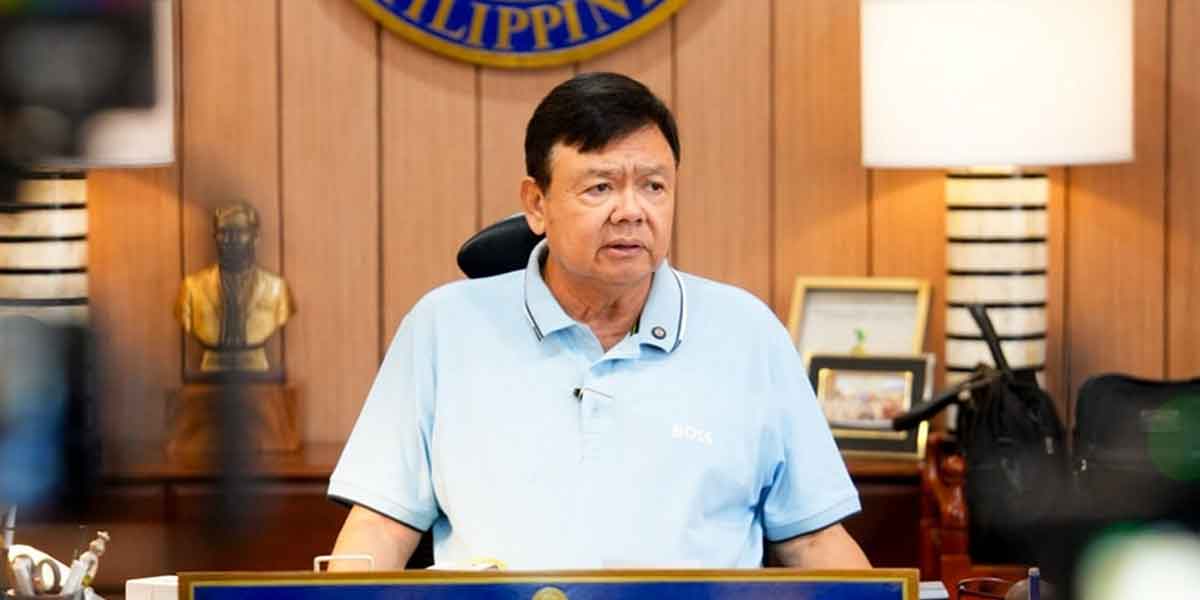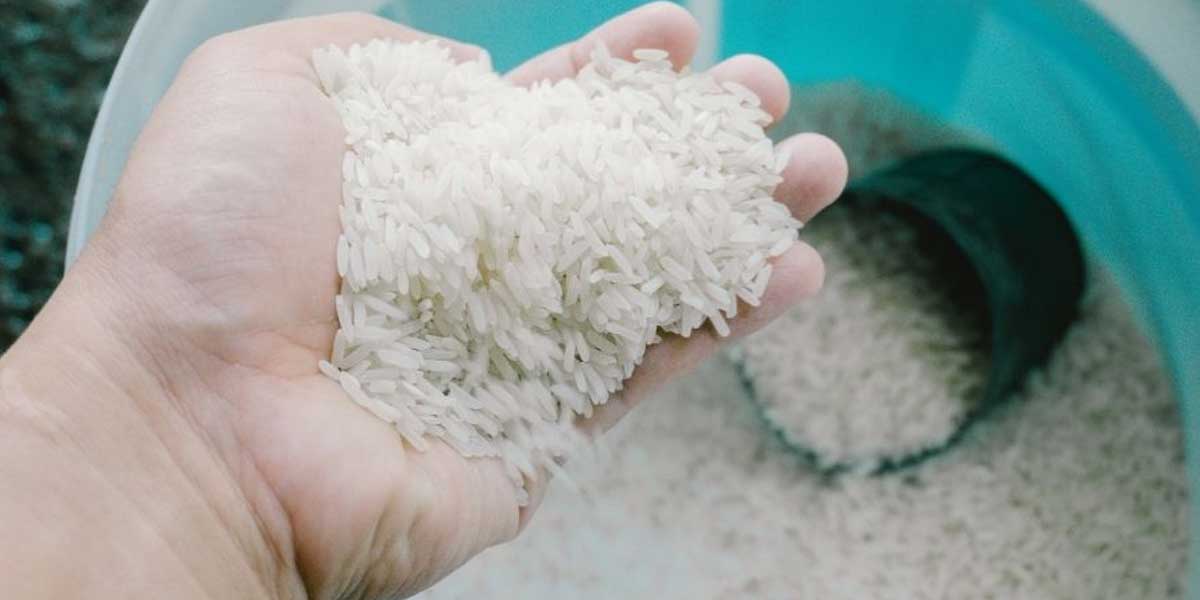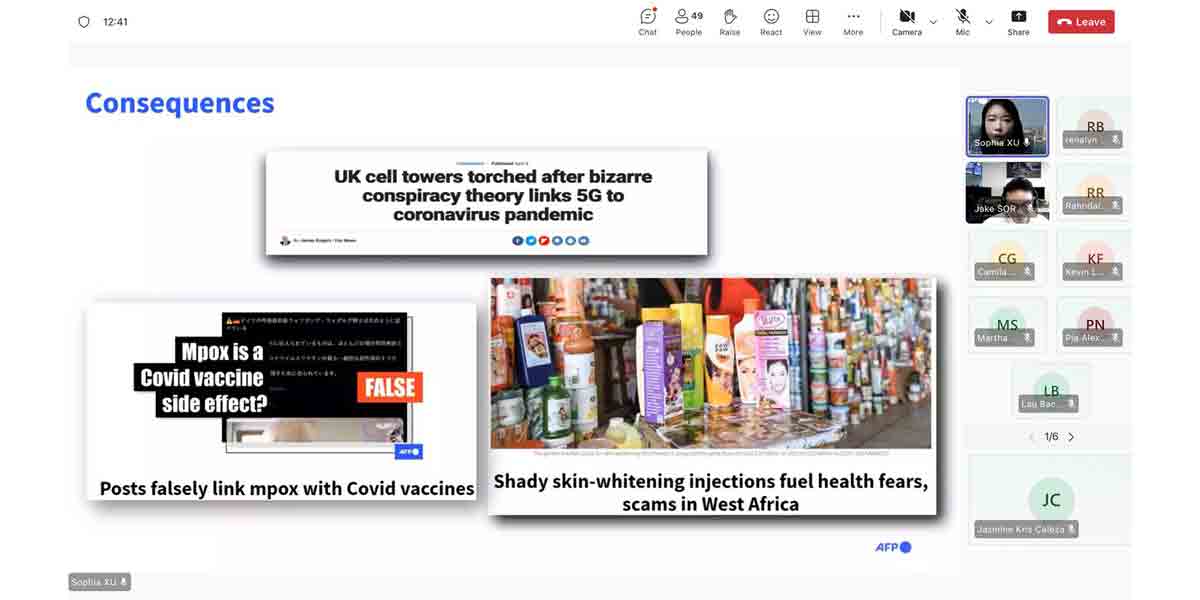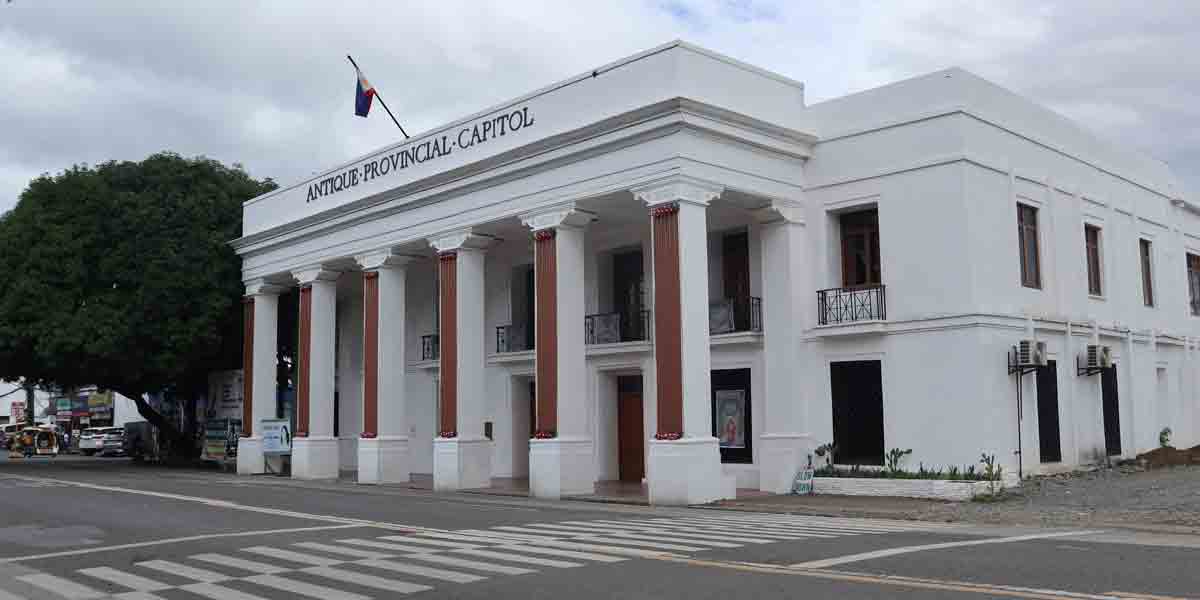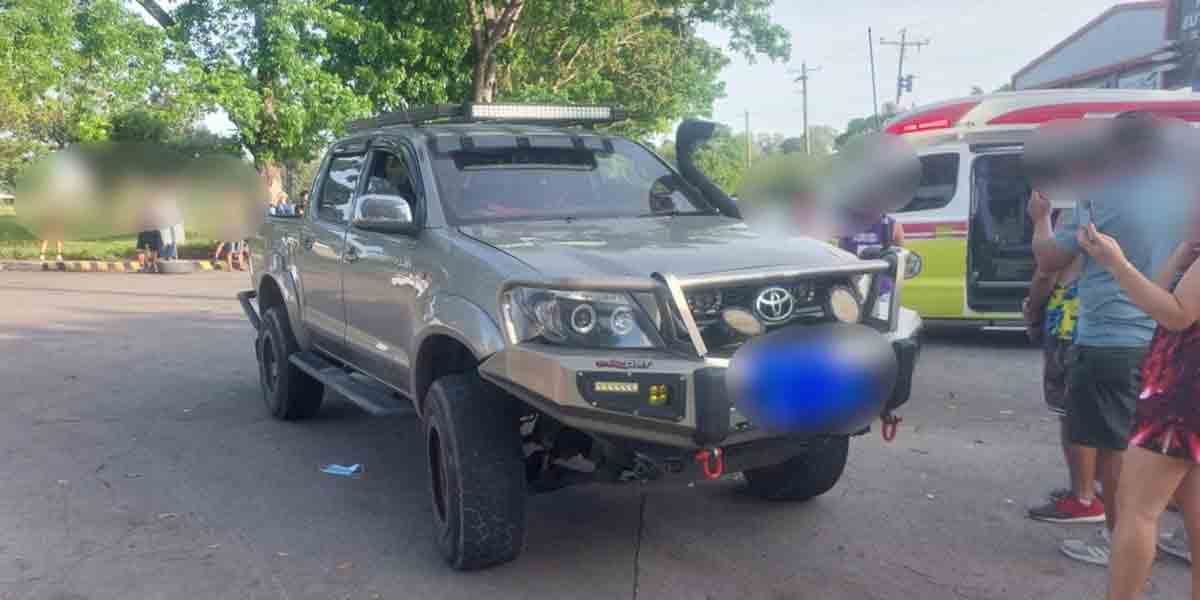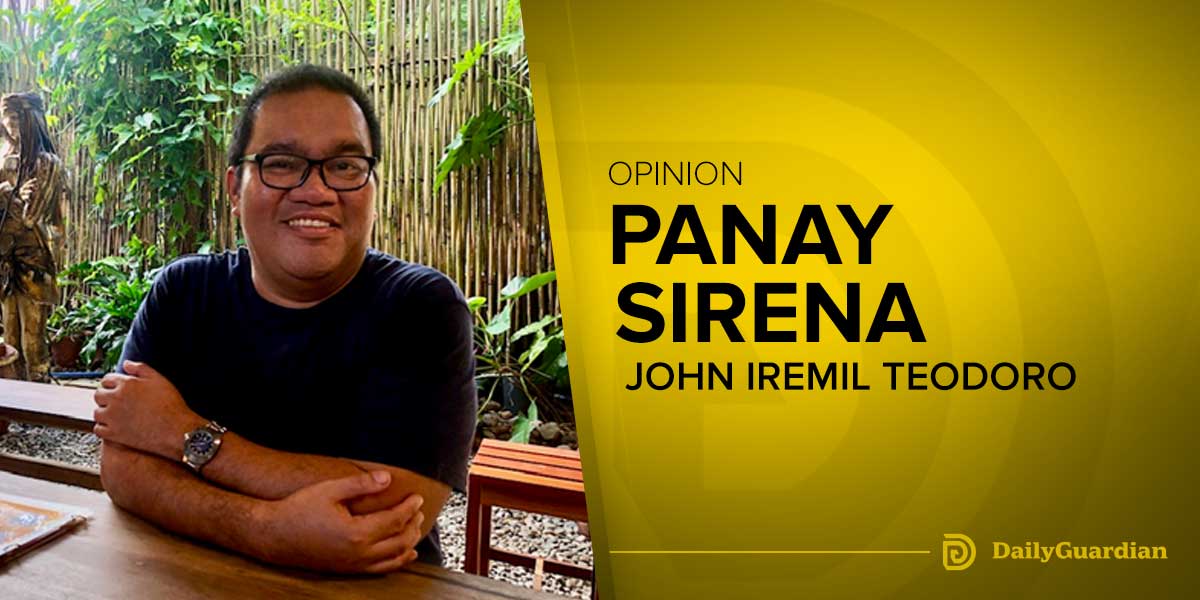By Joseph B.A. Marzan
Iloilo’s health office chief said Thursday that the surge in coronavirus disease 2019 (COVID-19) cases in the province were traced back to workplaces in the city and private gatherings by residents.
The Iloilo Provincial Health Office confirmed 168 new COVID-19 cases and 8 more deaths in the province, both of which are the all-time record highs so far.
IPHO chief Dr. Maria Socorro Quiñon told Bombo Radyo Iloilo on Thursday that the initial new cases were at 191, but upon verification, the other cases listed as “new” were either double entries or re-swabs.
The latest deaths in the province reported on June 2 include:
– a 46-year-old male from Oton;
– a 61-year-old female from Leon;
– a 56-year-old male from Pavia;
– a 57-year-old male from Pavia;
– a 74-year-old male from Pavia;
– a 77-year-old female from Miag-ao;
– a 58-year-old male from Alimodian; and
– a 73-year-old male from San Miguel.
IPHO data as of 12 p.m. on June 3, 2021, indicated that the province has a total 8,108 COVID-19 cases, including 1,558 active cases, 6,550 recoveries, and 198 deaths.
The 1,558 cases include 128 severe or critical conditions who are currently admitted to hospitals in Iloilo City, according to Quiñon.
The health office’s data indicated that May saw record peak in new COVID-19 cases with 1,882 cases.
Quiñon said the cases started climbing up between the second and third weeks of May.
As to the sudden rise in cases, the IPHO chief said that Case Investigation Forms (CIFs) filled out by COVID-19 patients showed that many of them worked in Iloilo City.
She cited a text message she got on Tuesday from someone who worked in the city asking for permission to go home to her hometown to get tested as she showed COVID-19 symptoms. The worker was not tested in the city because of the long queue.
“We saw that those who work in [Iloilo City] workplaces go home to the towns. Just like particularly yesterday, we received a message from someone who was working in the city, she was nervous because she was symptomatic but the city’s Jubilee Hall was full so she wasn’t able to get swabbed there. She was asking for consideration because her family was being affected, so we took her swab to get her tested,” Quiñon said.
She also pointed to gatherings of friends and acquaintances in public places, which are sometimes against the province’s policies on mass gatherings.
Another source of the infection were persons with COVID symptoms who went out in public and boarded public utility vehicles.
Section 12 of Executive Order (EO) No. 155 series of 2021 issued by Iloilo Governor Arthur Defensor Jr. last May 12 prohibited all social or public events and gathering of crowds.
Defensor also issued EO Nos. 163 and 174, which suspended the operation of tourism, recreation, and accommodation establishments and prohibited the sale and consumption of liquor and alcohol products, respectively.
“Another thing we saw is that, often times, there are people who eat together, either in their workplaces or at restaurants and we’ve also seen that parties and gatherings have continued. They have been hiding their parties and drinking sessions. The effect of that is that many got infected, and then we contact traced. All contacts should be traced within 24 hours, or else we will risk spreading. People are saying that this is a new variant because families are affected. But we saw that once one is in the house, comfortable without a mask, they have brought home the disease from their workplace or their vehicle,” Quiñon said.
She stressed the need for the public to be careful, citing that they are no longer able to refer new cases to hospitals in Iloilo City.
“We really need to be careful, because we can also no longer refer to city hospitals. They say that we may just be making the data up to instill fear, but right now our municipal health officers are having a hard time making referrals to the city because they can’t admit to hospitals anymore. There are also many patients from the other provinces in the region, not just from the province of Iloilo.”
Quiñon said that the restrictions imposed by the provincial and municipal governments are the “best hope” to slow down transmission and keep new cases at a lower level.
“We are looking [at the EOs] to solve the problem at the meantime because there is a surge in cases. Before the governor issues any [EO], it is a policy which goes through consultation. Not only did he consult [the IPHO], but he also consulted the municipal health officers and the municipal mayors. The interior and health departments are also in attendance in these consultations,” she said.

